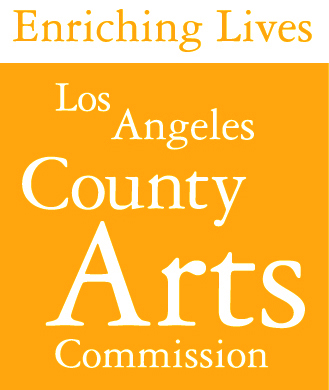 |
|
|||
|
Exhibitions CURRENT: The Crochet Coral Reef is constantly on display. See here for current, future, and past exhibitions of the Crochet Coral Reef. PAST: PLASTIC ENTANGLEMENTS: Ecology, Aesthetics, Materials TRADE MARKINGS: Frontier Imaginaries Ed. No. 5 EXPLODE EVERY DAY: An Inquiry into the Phenomenon of Wonder Crochet Coral Reef
Crochet Coral Reef Night Begins the Day Crochet Coral Reef Crochet Coral Reef making space Science + Art Residency: Being Formed An Alternative Guide to the Universe Out of Fashion making space Physics on the Fringe Mosely Snowflake Sponge Exhibition Midden Project The Logic Alphabet of Shea Zellweger IFF Inventing Kindergarten Hyperbolic Cactus Garden + Hyperbolic Kelp Garden The Business Card Menger Sponge Crocheting the Hyperbolic Plane Philosophical Toys Lithium Legs and Apocalyptic Photons
Crochet Coral Reef Exhibitions Hyperbolic: Reefs, Rubbish, and Reason Crochet Reef Crochet Reef The IFF "Bleached Reef" Crochet Cactus Garden Crochet Reef Crochet Reef Show New York and Chicago Reefs UK Reef Tour Plastic Exploding Inevitable Reef Crochet Reef Symposium Crochet Reef Crochet Reef The Crochet Cactus Garden The Crochet Cactus Garden The Crochet Coral Reef The Crochet Coral Reef
|
INVENTING
KINDERGARTEN |
|||
|
|
||||
| Unidentified Los Angeles Kindergarten circa 1900. | ||||
Most
of us today experienced kindergarten as a loose assortment of playful
activities – a kind of preparatory ground for school proper.
But in its original incarnation kindergarten was a formalized system
that drew its inspiration from the science of crystallography. During
its early years in the nineteenth century, kindergarten was based
around a system of abstract exercises that aimed to instill in young
children an understanding of the mathematically generated logic
underlying the ebb and flow of creation. This revolutionary system
was developed by the German scientist Friedrich Froebel whose vision
of childhood education changed the course of our culture laying
the grounds for modernist art, architecture and design. Le Corbusier,
Frank Lloyd Wright and Buckminster Fuller are all documented attendees
of kindergarten. Other “form-givers” of the modern era
– including Piet Mondrian, Wassily Kandinsky and Georges Braque
– were educated in an environment permeated with Frobelian
influence. |
||||
 |
||||
Astonishingly intricate paper weaving workbook by Ms. F. Wegerich, Germany, c. 1880. Very fine strips of paper woven into complex patterns- 19th century predecessors to the digital revolution. |
||||
 This exhibition is supported, in part, by grants from the Andy Warhol Foundation for the Visual Arts, the Annenberg Foundation, the Pasadena Art Alliance, and the Los Angeles County Board of Supervisors through the Los Angeles County Arts Commission. This exhibition is supported, in part, by grants from the Andy Warhol Foundation for the Visual Arts, the Annenberg Foundation, the Pasadena Art Alliance, and the Los Angeles County Board of Supervisors through the Los Angeles County Arts Commission. |
||||
| © 2003–2018 The Institute For Figuring | ||||

